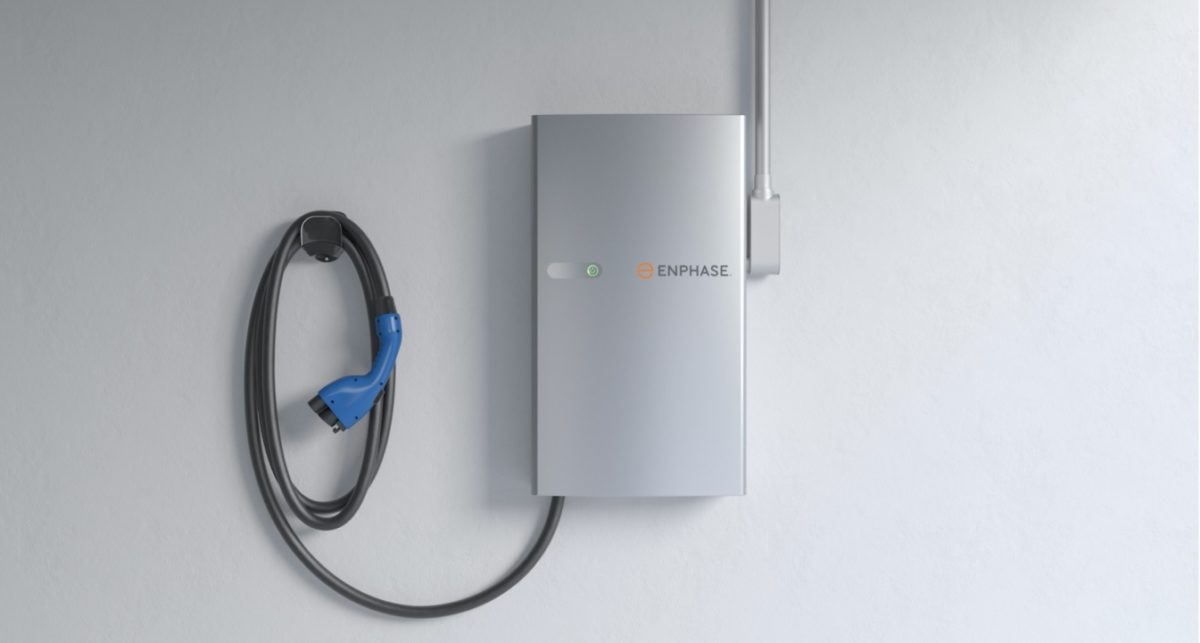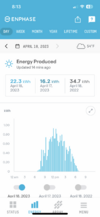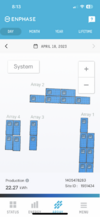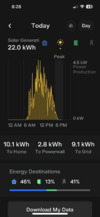I pulled the trigger on solar, and barely got into CA NEM 2.0.
The proposal I was given consists of the following:
I decided not to go with Powerwalls at this time, but may do so in the future. I was told that Enphase microinverters (and Tesla microinverters) are compatible with Tesla Powerwalls. Is that correct?
When I do decide to get Powerwalls, do I then need the Enphase and the Tesla app to monitor the system, or would I be able to everything from the Tesla app?
The proposal I was given consists of the following:
- Panels: Q.PEAK DUO BLK ML-G10+ 405 (17x)
- MicroInverters: IQ8M-72-2-US [240V] (17x)
I decided not to go with Powerwalls at this time, but may do so in the future. I was told that Enphase microinverters (and Tesla microinverters) are compatible with Tesla Powerwalls. Is that correct?
When I do decide to get Powerwalls, do I then need the Enphase and the Tesla app to monitor the system, or would I be able to everything from the Tesla app?






